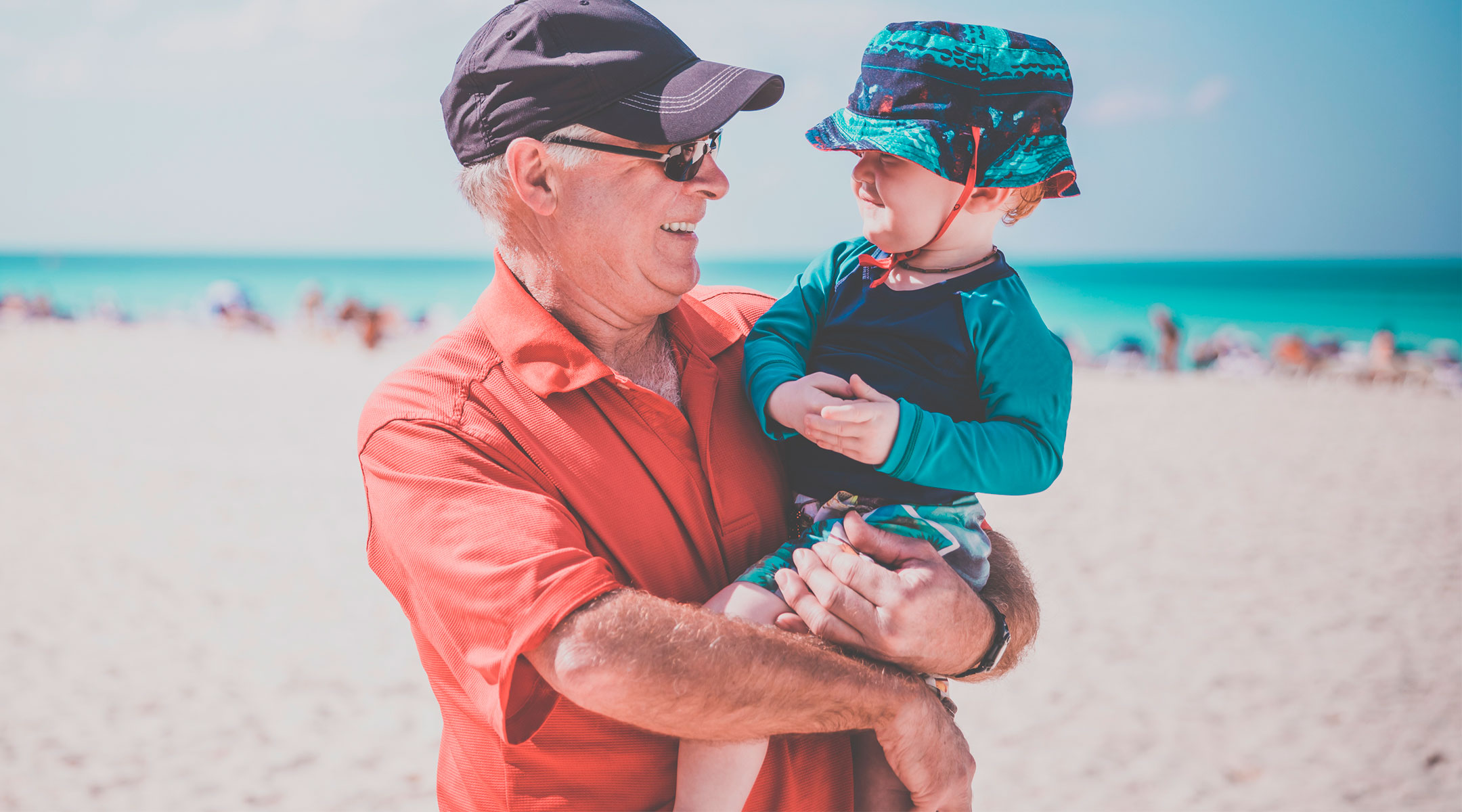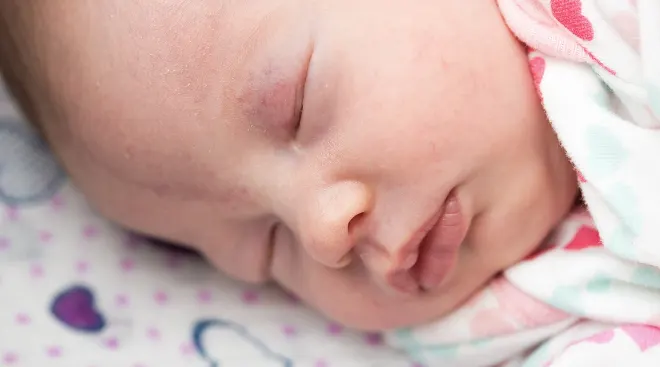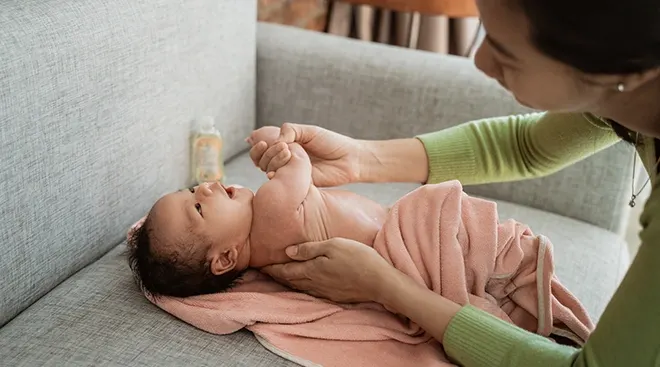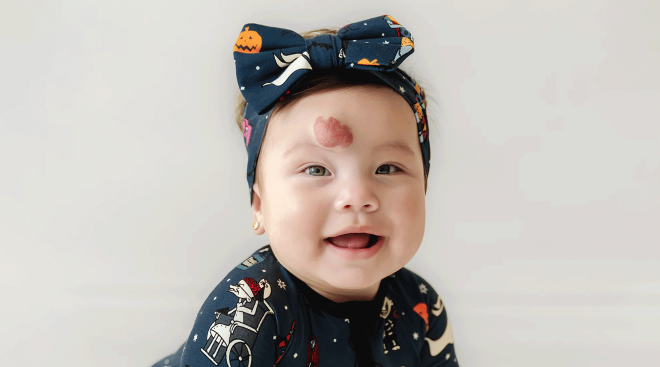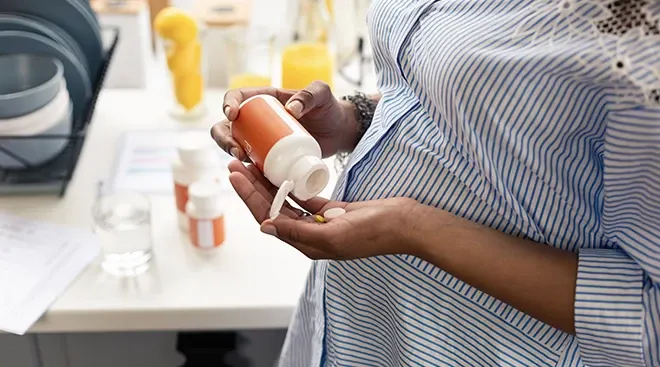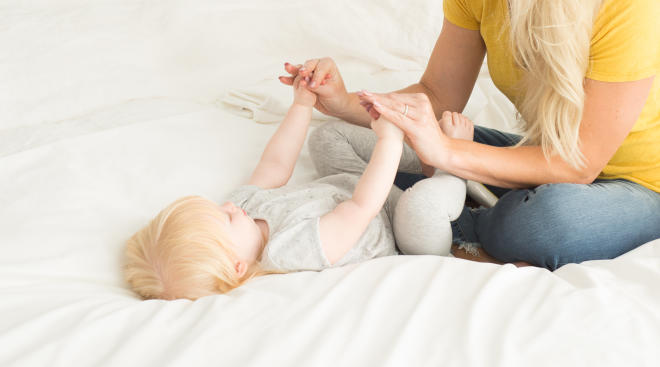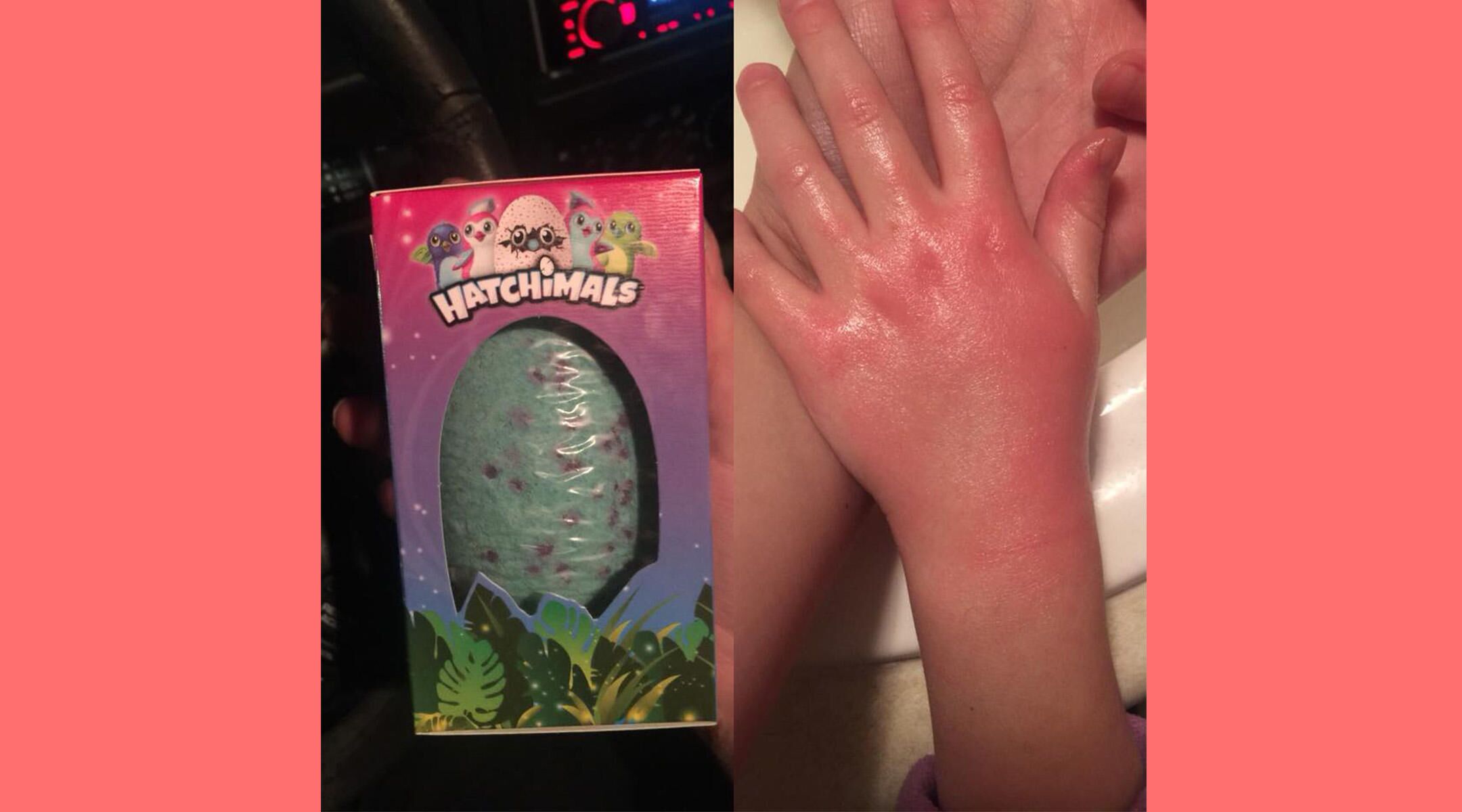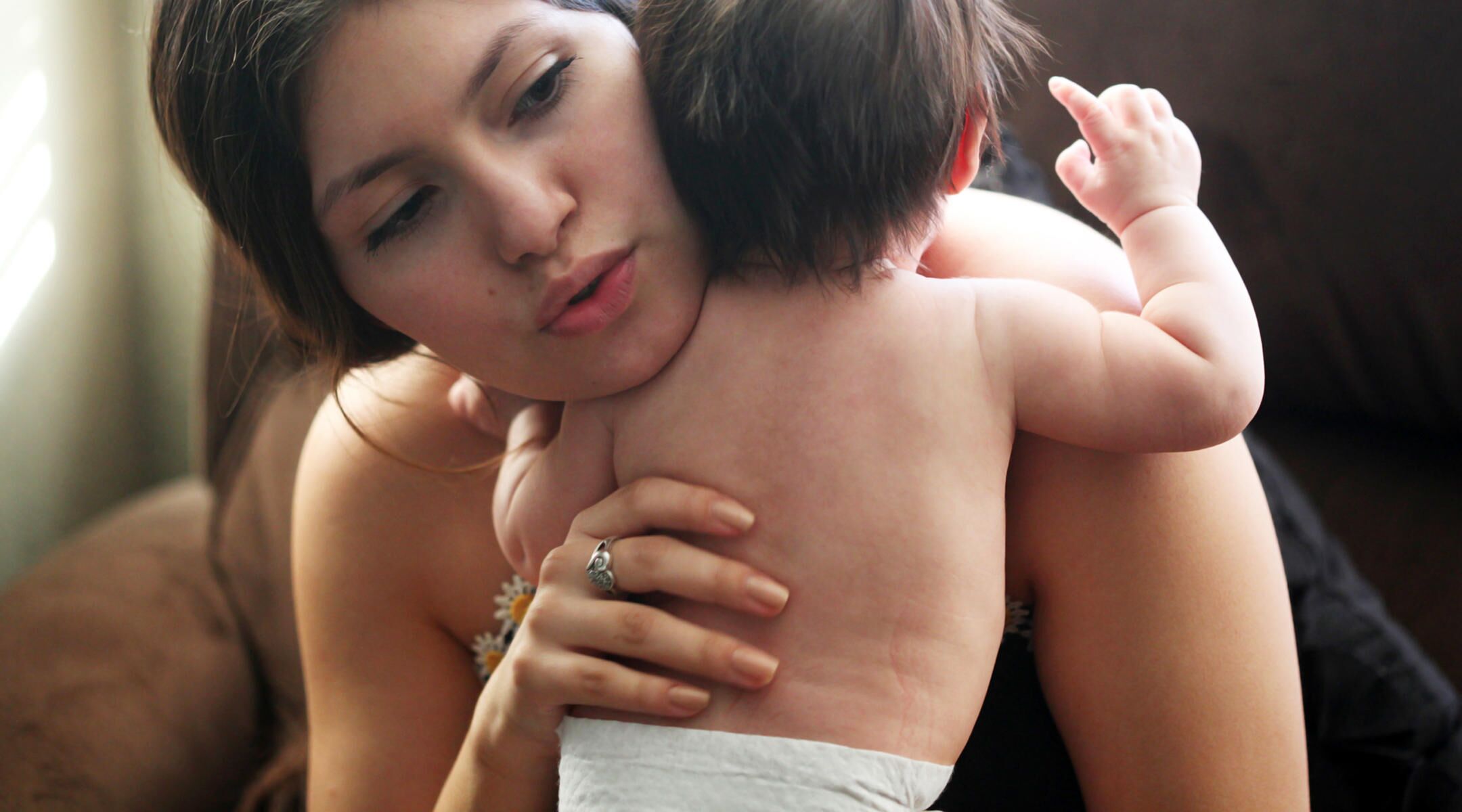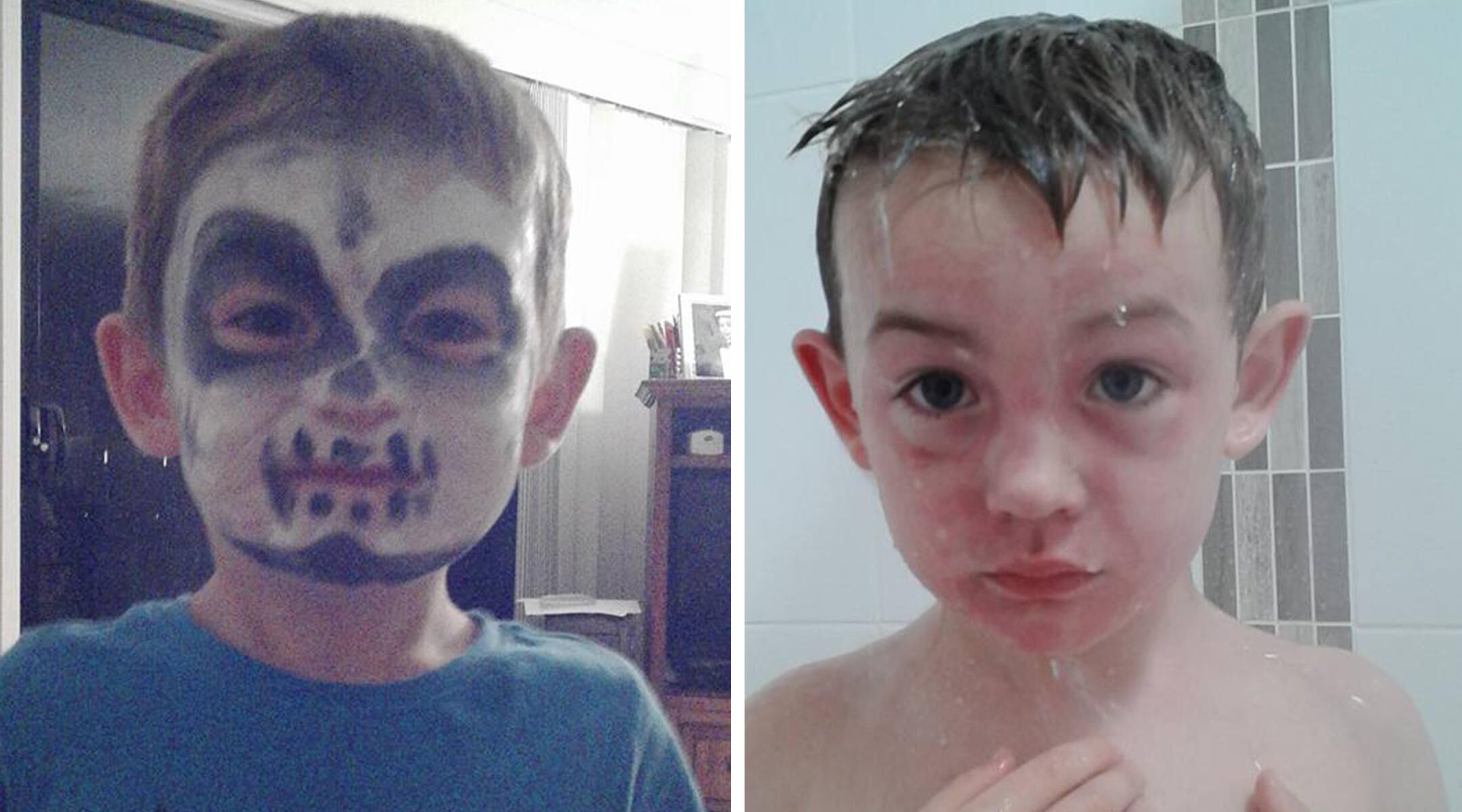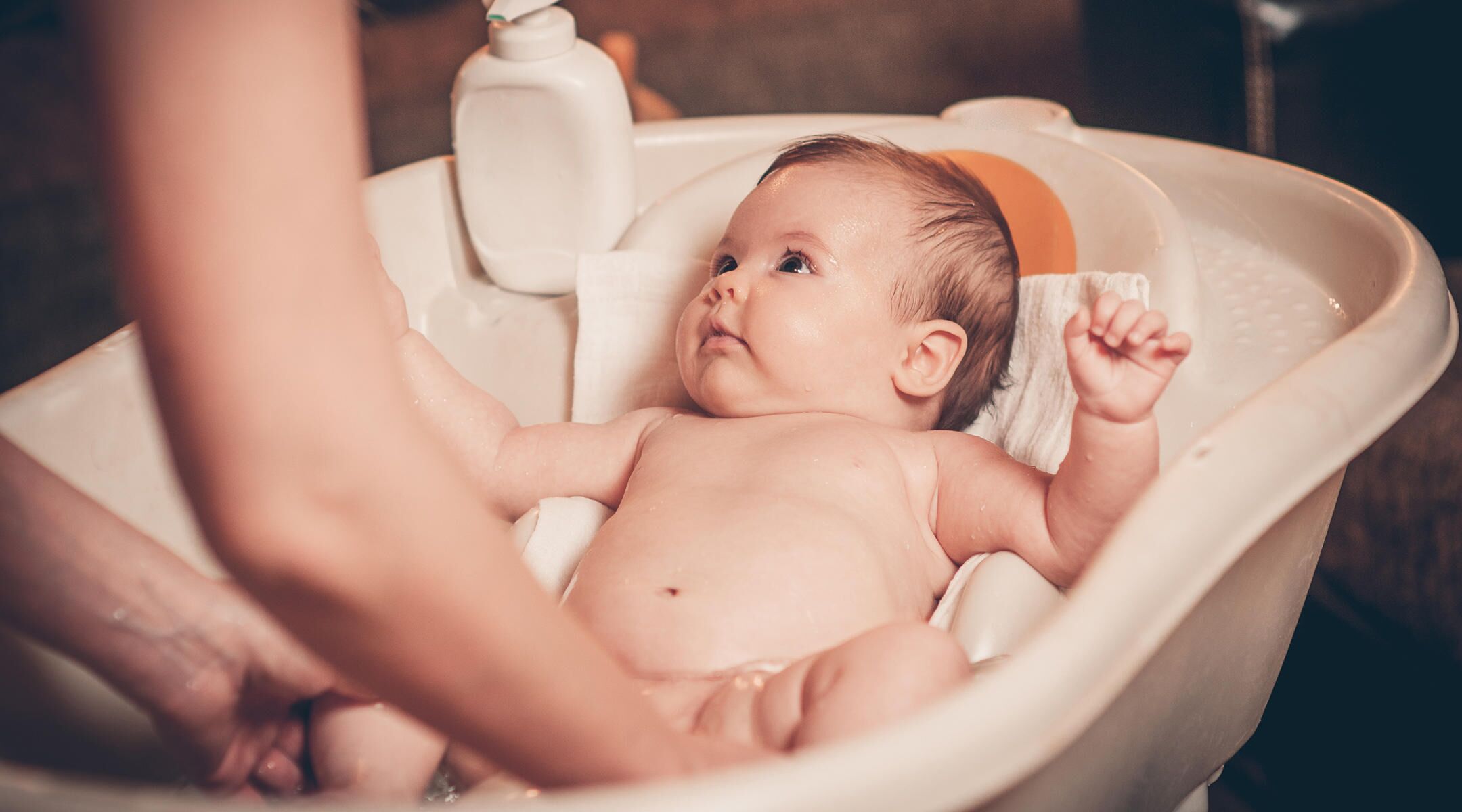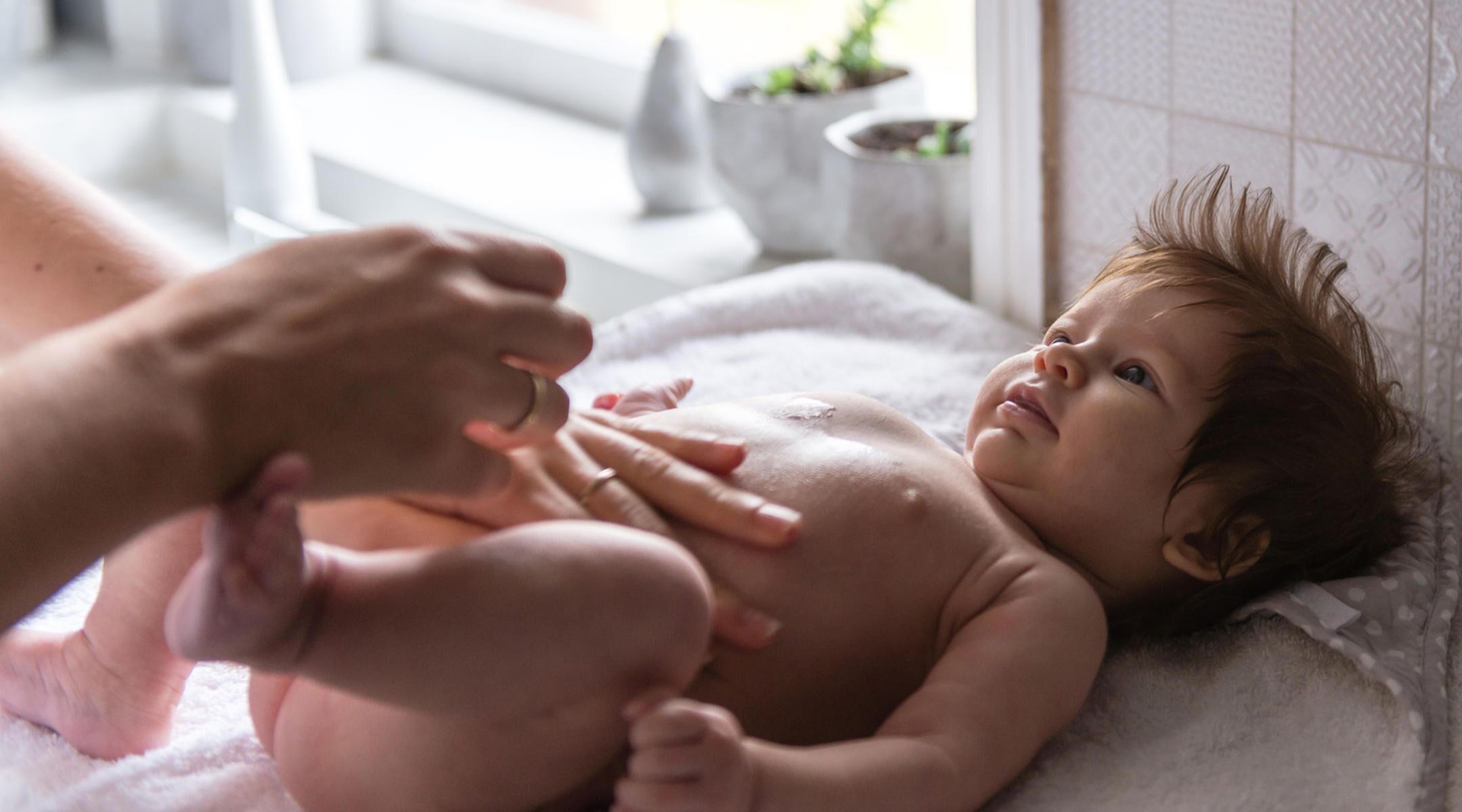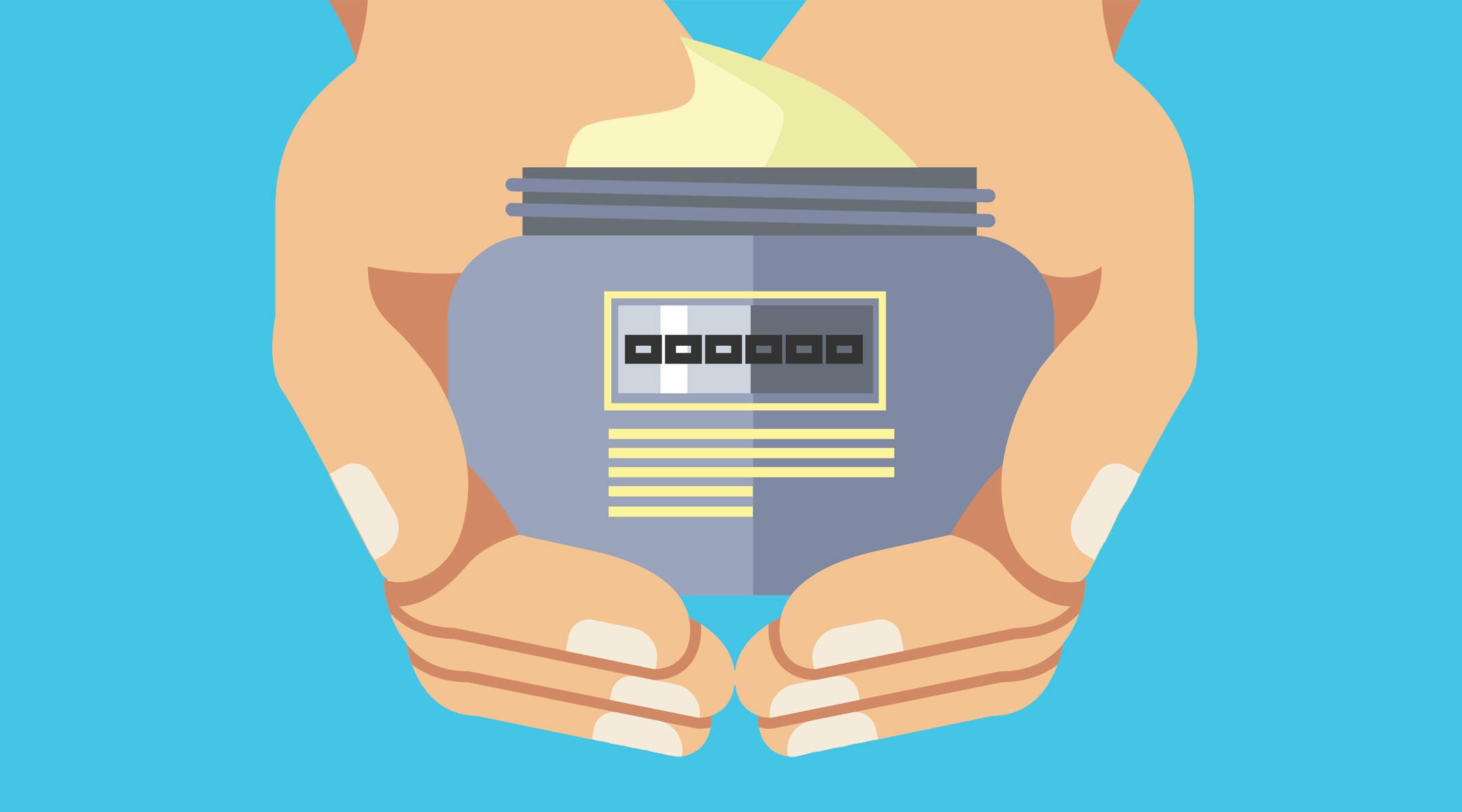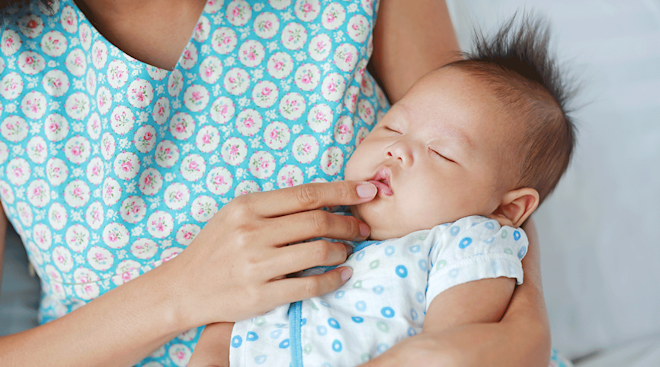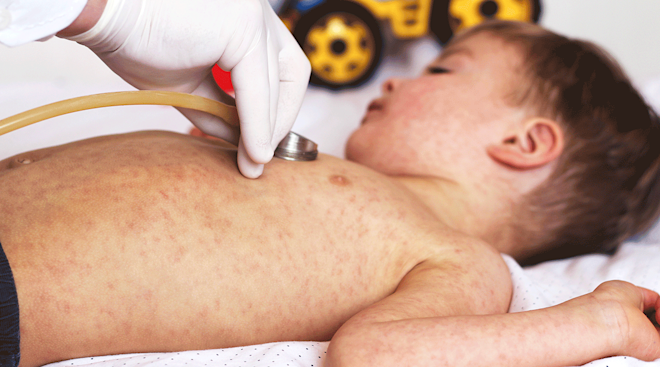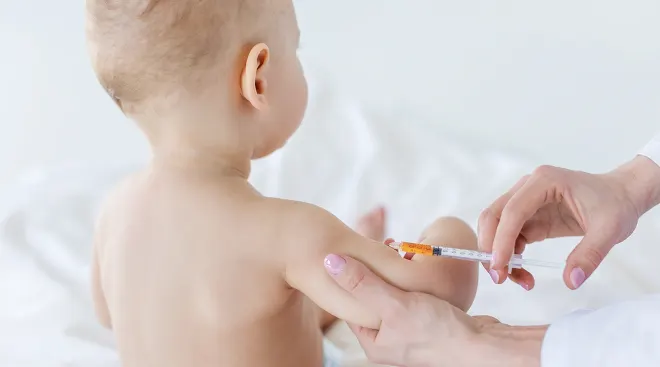How to Treat Sunburns for Babies and Big Kids
You would do anything to protect your child, which is why it can be so upsetting when your baby or toddler gets a sunburn. Luckily, there are several things you can do to lower the odds of sunburn in the future, plus some remedies for treating too much sun exposure.
You can probably hang out in the sun for a half hour or so and not have any issues, but babies and toddlers are a different story. “Their skin is not as developed or mature as ours, making them more susceptible to skin injury,” says Ashanti Woods, MD, a pediatrician at Baltimore’s Mercy Medical Center. “Baby and toddler skin also doesn’t have years of sun exposure that adults have,” says Danelle Fisher, MD, FAAP, chair of pediatrics at Providence Saint John’s Health Center in Santa Monica, CA. “It’s very fresh, new skin,” she says. “It can absorb the sun’s rays more significantly and get sunburned in a shorter period of time.”
Not only can baby and toddler sunburns be painful, they’re also concerning because they increase a child’s lifetime risk of developing melanoma, the most deadly form of skin cancer, says Gary Goldenberg, MD, assistant clinical professor of dermatology at the Icahn School of Medicine at Mount Sinai Hospital.
Unfortunately, sunburn can set in quickly in babies and toddlers—Woods says it can happen in as little as 15 minutes, but more often after 30 minutes of exposure. It also depends on what time of day your baby is outside, Fisher says. The Environmental Protection Agency (EPA) says UV exposure risk is at its highest from 10 a.m. to 4 p.m., making it more likely that your baby will burn faster during this window.
Sunburn symptoms generally include skin redness, fussiness and your child seeming to be in pain when you touch their skin, Woods says. You don’t necessarily need to call your child’s pediatrician for a simple burn, but if your child is struggling with pain, blistering vomiting, and lethargy, he says you should definitely make the call.
Sun poisoning
Sun poisoning is an extreme sunburn caused by UV radiation, Fisher says. “Usually it’s after prolonged sun exposure without proper protection,” she adds. Children with sun poisoning will have red or inflamed skin, faster than normal breathing, lethargy and fussiness. Dehydration is also a big concern, Fisher says, adding that it’s crucial to try to give kids fluids when they’re struggling with sun poisoning.
Heat rash
Heat rash is fairly common and can cause little pink dots to form on a child’s skin, Fisher says. It can also look like eczema, with dry, scaly patches, Goldenberg says. A heat rash usually shows up in a place where the child gets hot, like their neck, chest, and back. Removing layers of clothing can help a child cool down and exposing his skin to air will help the rash go away.
While you can do everything to keep your child safe from the sun, sometimes sunburns happen. Luckily, there are a few steps you can take to make your little one feel a bit more comfortable:
Use a cool compress. Grab a soft washcloth, wet it with cool water, wring it out, and gently apply it to the burned areas to help soothe your baby’s skin, Woods says.
Slather on aloe vera. “Aloe vera is a good thing to put on a baby’s skin,” Fisher says. Just make sure you avoid options with a topical anesthetic like benzocaine or lidocaine—this can be toxic to babies, she adds.
Moisturize regularly. In addition to using aloe, a hypoallergenic cream like Cetaphil is important to keep your baby’s skin moisturized, Fisher says. Avoid using a petroleum jelly like Vaseline, Woods says—it traps in heat and can block pores so sweat can’t escape, increasing your child’s risk of infection.
Use a topical antibiotic cream. In some cases, your child might benefit from a topical antibiotic cream like Neosporin or Bacitracin, Woods says. Check with your pediatrician.
How long does sunburn last?
Sunburn in babies and toddlers generally lasts between one and three days, Woods says. Luckily, your baby should get relief pretty fast.
The best way to help keep your baby safe from sunburn is to prevent it from happening in the first place. Try these tips to keep your little one burn-free:
Practice sun avoidance. If possible, keep your child out of the sun in the middle of the day when the sun is strongest.
Use swim shirts and hats. Protective coverings that shield your child’s skin are “very important,” Goldenberg says.
Apply (and reapply) sunblock. It’s generally not recommended that babies under the age of 6 months use sunscreen. But, if your child is older than that, Woods recommends applying sunscreen 15 minutes before you go outside and reapplying every 30 minutes, as well as after your child plays in the water.
Stay in the shade. Keeping your baby or toddler out of the sun as much as possible is important for preventing a sunburn, Fisher says. So, invest in a good umbrella or seek shade when you can.
Published April 2018
Please note: The Bump and the materials and information it contains are not intended to, and do not constitute, medical or other health advice or diagnosis and should not be used as such. You should always consult with a qualified physician or health professional about your specific circumstances.
Navigate forward to interact with the calendar and select a date. Press the question mark key to get the keyboard shortcuts for changing dates.
































